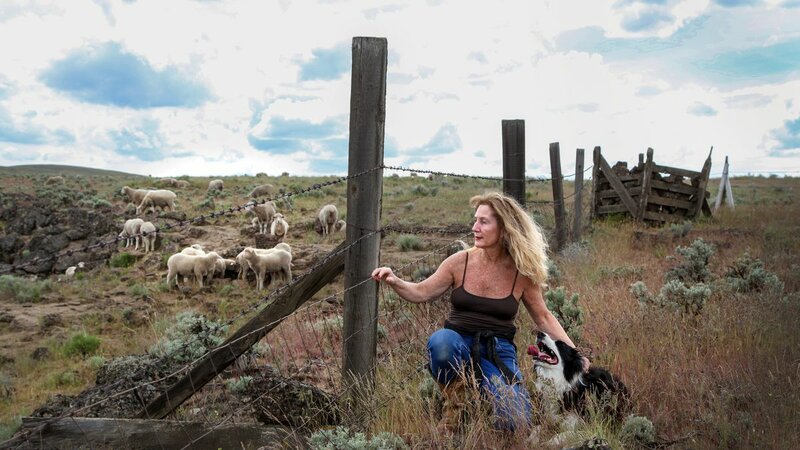Rancher Jeanne Carver threw her leg over a fence lining her property in Central Oregon.
“Let me go first,” she said. “It’s snake season.”
Watching for rattlesnakes, she led the way into a field her family converted back into grassland after a century of crop production.
Homesteaders cleared the rocks and plowed this field to plant grain and hay on what is now the Imperial Stock Ranch, which grazes sheep and cattle and grows wheat and hay in Maupin.
“This was tough country to farm,” Carver said. “They had to pick areas where they had more soil than rocks.”
Traditional dry land farming practices eroded and degraded the soil, she said, because every other year the ground would lie fallow and bare.
“So you left thousands of acres with no plants in it exposed to both wind and water erosion with runoff,” she said.
Carver and her family have spent decades reversing the damage, reseeding crop fields with permanent plants and changing their farming practices to avoid tilling up the soil.
“What we’ve done is return it to a more natural state,” she said, “to encourage the land to be healthier, richer.”



 Climate Change
Climate Change Science
Science


